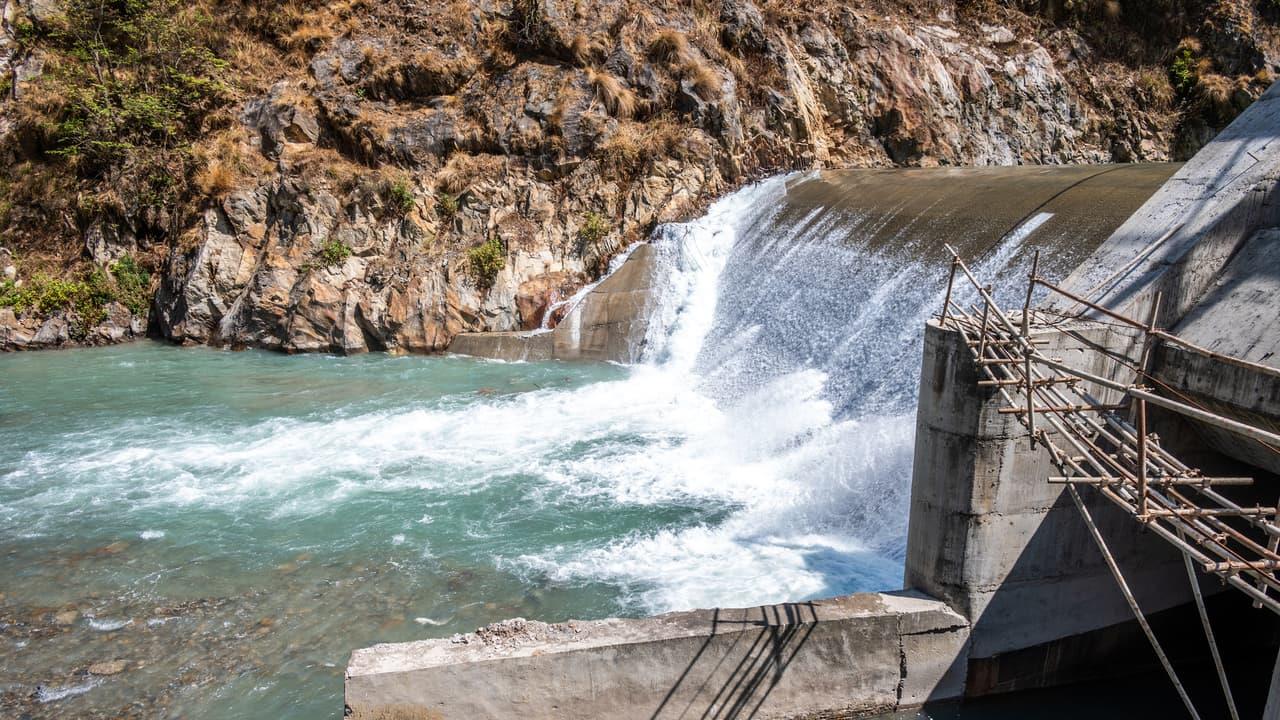Why The Himalayas Are Crumbling Under India's Unplanned Hydropower Projects
The Indian state of Uttarakhand, often referred to as“Devbhoomi” or the "Land of Gods," is also considered a key energy centre in the country. Its rugged mountains and fast-moving rivers make it an ideal location for generating hydroelectric power. One of the most well-known examples is the Tehri Dam in the Garhwal region, the tallest dam in India.
Along with other renewable sources such as solar and wind, hydropower plays a crucial role in supplying electricity to both urban and rural areas. However, even though energy production is essential, the way these projects are being constructed is causing significant environmental harm, especially in the delicate Himalayan region.
Zoji La: A High Mountain Pass Under Pressure
In the neighbouring region of Ladakh lies Zoji La, one of the highest mountain passes in the world. Surrounded by the cold desert landscape of the Trans-Himalayas, this area is home to a rich variety of wildlife, including rare species such as the snow leopard, Himalayan brown bear, wolves, lynx, and yaks.
Due to the road being blocked by snow for nearly half the year, the government is building the Zoji La Tunnel, which is expected to be the longest tunnel in Asia. While this project promises improved year-round access and economic advantages, it comes at a significant environmental cost.
Constructing tunnels through mountains using dynamite disrupts the fragile geology of the area. The construction process generates noise and air pollution. It poses threats to wildlife and increases the risk of landslides in an already unstable region.
How Hydropower Works and Why It's a Problem Here
Hydropower relies on the force of flowing water to spin turbines, which generate electricity. It accounts for around 14% of renewable energy. In theory, it's a clean and efficient energy source. But in practice, especially in the Himalayas, the situation is far more complex.
The development of dams, tunnels, and highways in this region is happening rapidly. And two areas stand out as clear signs of concern: Joshimath in Uttarakhand and Zoji La in Ladakh.
Joshimath: A Town That's Slowly Sinking
Joshimath is located at about 1,800 metres above sea level in the Garhwal Himalayas. It is one of the most affected areas, where the ground is literally sinking. This process is known as land subsidence.
In recent years, over 850 homes in Joshimath have developed deep cracks and have been declared unsafe. While some natural factors like heavy rainfall and flash floods contribute to the issue, human activities are making it much worse. The construction of large hydropower projects and continuous tunnelling are weakening the already fragile slopes.
Satellite images show that the town sank by 5.4 centimetres in just 12 days between late December 2022 and early January 2023. From April to November 2022, it sank an additional 9 centimetres. A 2024 scientific study linked this dramatic land movement to the near-completion of the Tapovan Vishnugad hydropower project, located nearby. Another 2025 study confirmed that such projects are a major factor in the region's growing instability.
Local Voices Raise Concerns
Rivya Dimri, an apple farmer who used to live in Joshimath, now resides in Lansdowne after leaving her ancestral home. She believes that dam construction, constant blasting, and large-scale deforestation are to blame for the worsening conditions.
Tanzong Le, a farmer from Leh in Ladakh, criticized the government's focus on military infrastructure over community and environmental safety.
A Delicate Balance
What is happening in Joshimath and Zoji La highlights a larger issue. On one hand, India needs energy, infrastructure, and secure borders. On the other hand, it cannot ignore the dangers of building carelessly in such a sensitive environment.
Hydropower plants, highways, and tunnels may offer short-term benefits. However, without proper planning and strong environmental safeguards, these projects could destroy the very mountains that protect India's people, wildlife, and future.
Legal Disclaimer:
MENAFN provides the
information “as is” without warranty of any kind. We do not accept
any responsibility or liability for the accuracy, content, images,
videos, licenses, completeness, legality, or reliability of the information
contained in this article. If you have any complaints or copyright
issues related to this article, kindly contact the provider above.
Most popular stories
Market Research

- Seoul Exchange, One Of Only Two Licensed Platforms For Unlisted Securities, Will Exclusively Use Story To Settle Tokenized Rwas
- Phase 6 Reaches 50% Mark As Mutuum Finance (MUTM) Approaches Next Price Step
- 0G Labs Launches Aristotle Mainnet With Largest Day-One Ecosystem For Decentralized AI
- Solotto Launches As Solana's First-Ever Community-Powered On-Chain Lottery
- Kintsu Launches Shype On Hyperliquid
- Blockchainfx Raises $7.24M In Presale As First Multi-Asset Super App Connecting Crypto, Stocks, And Forex Goes Live In Beta





















Comments
No comment